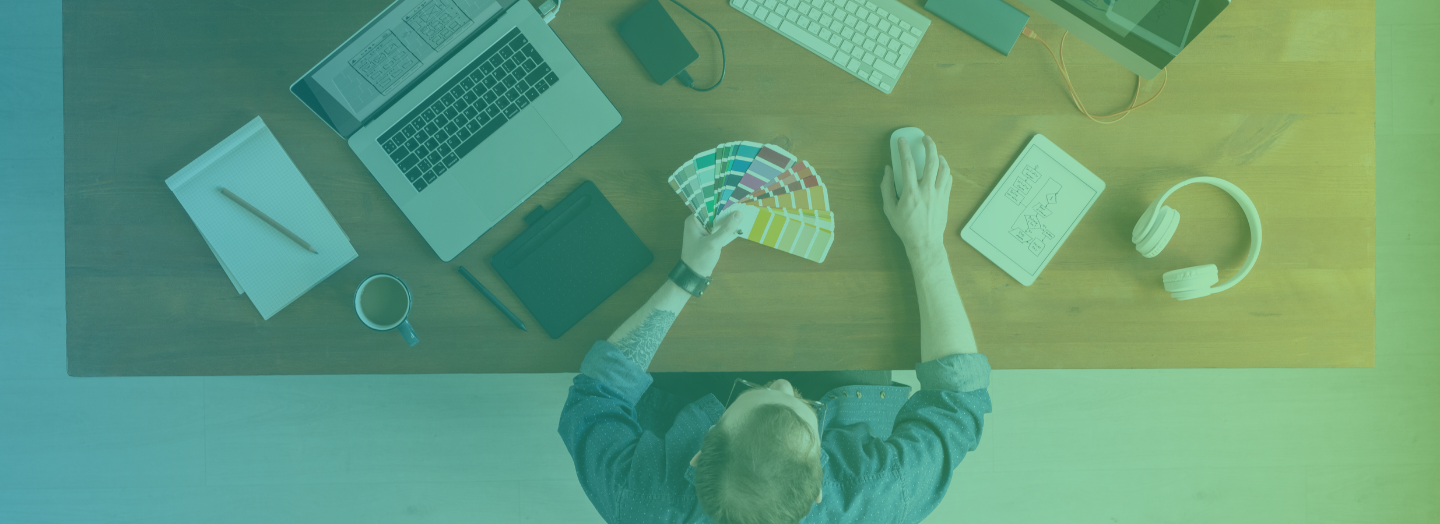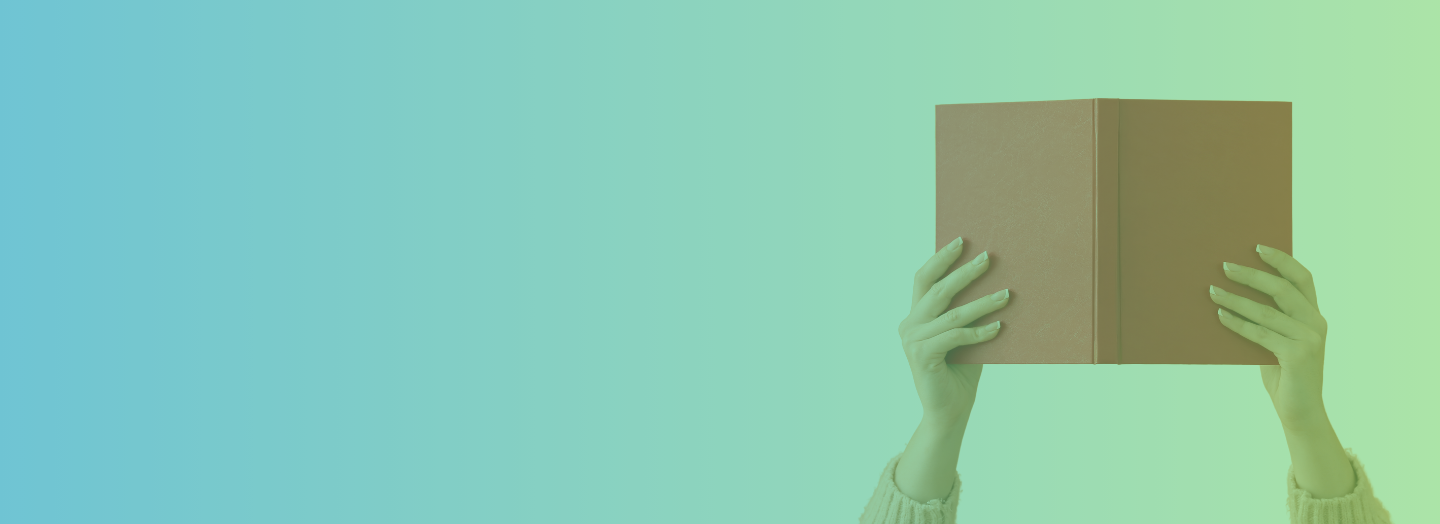Wordiness is, without a doubt, one of the biggest enemies of eLearning. Overly wordy content makes it difficult for learners to concentrate. Having more material to consume makes it complicated for them to judge, analyze and make sense of what they are reading. Indeed, studies prove that lessons with the fewer words results in more learning.
But what exactly is wordiness? By simple definition, wordiness is defined as a way of telling something with more words than necessary.
A common mistake done by eLearning course creators is the tendency to over-explain everything. If you are one of these people, your intentions are commendable; however, your end result will be that you will bore your learners to death.
Follow the next strategies for trimming your courses. By offering information in a concise, precise manner, you will attract more learners and you will help them learn:

Technique #1: Rework language
Overusing industry specific terms in eLearning courses is the safest way to drive students away. It is just like academic language used in a high school classroom; sooner than you think, everyone will start dozing off.
Try to translate all the information you want to convey in simpler terms. This does not mean that you are “dumbing down” your course. You are simply making it easier to understand, and, in the process, more interesting for those willing to pay for your course.
Technique #2: Trim long sentences
The longer a sentence is, the easier it becomes for the learner to lose track. Using too many words to describe the same thing is boring, and the essential information you want to convey gets lost.'
Split longer sentences into shorter ones, and read again, out loud, if possible. You will notice that the actual flow of the text becomes more human friendly.
Don’t fall into the trap of writing just short sentences. This will create an unpleasant, choppy effect that, just like wordiness, stunts the natural flow of ideas.
Technique #3: Cut off weak words
There are many ways in which wordiness is rearing its ugly head. One is through unnecessary prepositions. Another is through words that express the same idea, over and over again.
Your safest course of action is to cut off any weak words you encounter. Take a moment or two to think when reading each phrase: does this truly belong here? No matter how tempted you feel to emphasize your speech with pompous and redundant words, just don’t. They do not add value to your course, and they even do the opposite.
Here's a rundown of loose words or phrases you can remove from your writing:
- For the most part or For the purpose of: These are empty phrases, don't use them.
- Absolutely complete: Get read of “absolutely”
- Each and every: "Each" is more than enough
- Figure out: Bulky verb construction. Use guess or decide instead.
- Ask the question: "the question" is unnecessary
- Very and basically: avoid these filler words
If you want to check more than 200 other examples, review this list.
Technique #4: Opt for concise phrases whenever possible
Language is a living thing, and there are many ways in which you can express the same idea. Given the chance, go for the phrase that is most concise, without losing any of the meaning you are trying to convey.
For instance, instead of using “at the present time”, use the more common word “now”. Or replace the convoluted “on the grounds that” with the unassuming simple “why”. These are just examples, but you can go a long way from here.
Technique #5: Eliminate passive voice
Passive voice is one of the closest friends of wordiness. Instead of following the natural flow of using first the subject followed by the verb, it creates unnecessary long phrases, in which the object becomes the main part.
Abhorred by literates and technical writers alike, passive voice must be eliminated, or at least reduced to a minimum in eLearning courses. It adds nothing to phrase value and it just bulks up your text.
Example:
Wordy: There are many ways in which we can classify plants.
Concise (don’t start sentences with "There are"): We can classify plants in many ways.
Technique #6: Be merciless with redundant content
Best things come in small packages, as an old saying goes. This is true for eLearning courses, as well, since too much of the essence is lost in a sea of words that do not belong there.
Eliminate anything that does not enrich the value of your text, such as:
- Too many adverbs
- Repetitions
- Sophisticated words
- Corporate speak
Delete all the redundant words you find and even phrases. Students will always prefer this type of concise content to flowery, unhelpful text.
Technique #7: Create short paragraphs
Long paragraphs are usually named ‘blocks of text’. The issue with these blocks is that they sit in the way of eLearning, like rocks fallen on a highway.
Think of your eLearning course in short, meaningful paragraphs. It is easier to maintain students’ attention by offering them the information they seek in an easy to follow format.
Suggestions:
- Keep each paragraph ideally between 3-6 lines
- Break up text blocks that are longer than 6 lines
- Introduce bullet points and subheadings to add more white space.








